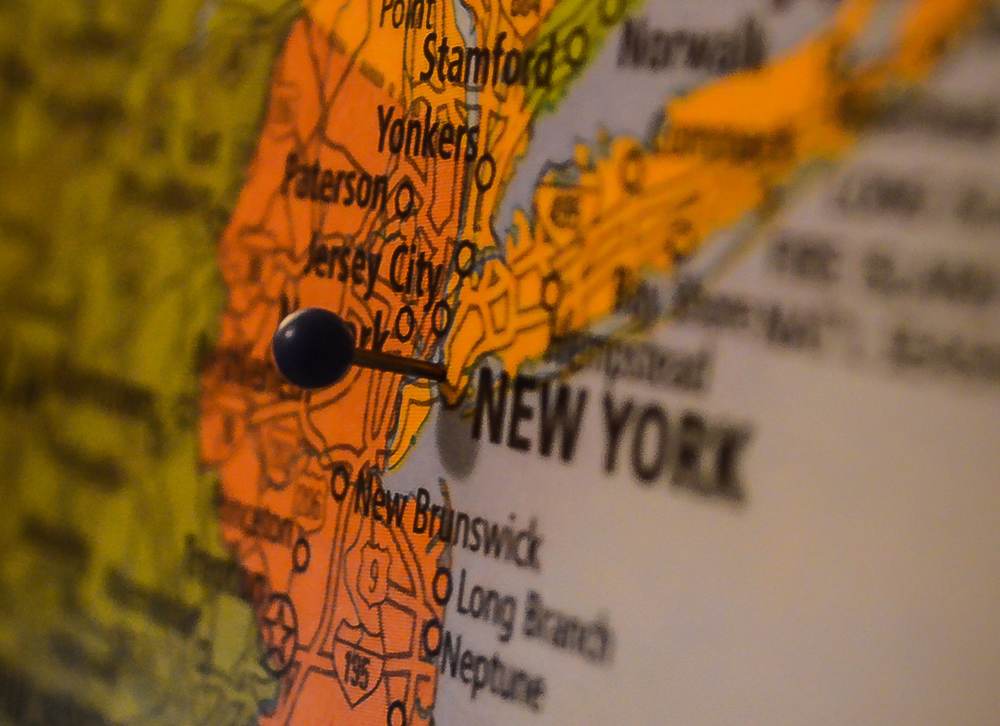The concept of smart cities refers to a city model where resources are optimized, improving the citizens life´s quality through technological innovation. In this area, geolocation technologies play an essential role. Is this article we tour the concept of smart city, we explain why the geolocation is so important and applicable technologies and some success stories. Let’s start.
The concept of smart cities is universal, but its regulation and impeller policies are related to different strategic frameworks, such as Europe 2020 and the National Plan Smart Cities, in Europe case.
Through Europe 2020, Europe is committed to economic development relied on the principle of “smart growth” as well as a knowledge economy and sustainable innovation. For this, a more efficient use of resources and “inclusive” use, which contributes to the social and territorial cohesion pursued.
An ambitious targets which are specified in the various models of “smart specialization”, to definitely achieve a qualitative growth that becomes differential.
Promoting R&D&i in a technology and services context for smart cities is one of the key objectives, and in that intelligent transformation process, geolocation is the key in a different myriad projects.
Among other technologies, it must be mentioned FIWARE, an open cloud software platform from which Geographica is an ambassador. Created at EC initiative with large European companies for a common infrastructure development, from the beginning its main goal was become in a world leader.
In fact, this software platform is has born earlier this decade to become an open and sustainable ecosystem, with the main aim/purpose of promoting development in any sector of transverse applications.
In the field in question, this architecture allows the reuse of open data to serve different projects and enable optimal development applications that contribute to smart city provision services.
It is proposed as an open solution for many sectors, including smart city. Because of its enormous potential, many projects have chosen FIWARE technology to build solutions that could benefit from all the possibilities it offers.
Smart cities are one of the most important application domains of FIWARE technologies and ecosystem based on FI-Lab, an innovation laboratory in the cloud that allows you to experiment with this technology.
Geolocation for smart cities
Many explanations are not necessary to say that future cities will face major challenges relating to sustainable administrative management and the provision of public services efficiently.
Logically, they should take care of key issues with maximum efficiency such as health care, public safety, urban mobility, bureaucracy, urban waste, environmental care or water supply and energy.
Creating Big Data solutions on a scale never seen before, is revealed as an invaluable contribution to undertake e-governance initiatives and move from the much needed holistic approach, too.
Although casuistry is extensive, generally, all must manage large data volume, variety and velocity in different policy areas. In many cases, moreover, to manage the best way of an efficient and sustainable model city, decisions should be taken intelligently, coordinated and seek advance.
In this sense, management and advanced analysis of spatial information in the smart city becomes very important and in this, the Geographic Information Systems or GIS have a key role, as well as so-called Spatial Data Infrastructures (SDI), local and regional, these to achieve convergence efforts.
GIS or the ideal spatial information management
By facilitating the incorporation of social-cultural, economic and environmental aspects that help to a more effective decision making, GIS technologies are of great value. Through ad hoc developments, these allow the organization, storage, manipulation, analysis and modelling of large amounts of data related to a spatial reference.
Thanks to GIS, we could integrate, store, edit, analyze, share and display geographically referenced information. In the environment of the smart city, these are suitable for performing various operations, such as creating interactive queries, analyze spatial information, edit data, maps and present the results tools. In short, a technology that has endless applications on a scientific level in the resource management, urban planning or environmental impact assessment, naming a few examples.
Meanwhile, many GIS software and Big Data technologies are in general available in order to make managers take easier decisions by performing alphanumeric data analysis associated with spatial components and/or perform images operations.
Some are open source products and others, proprietary software. Some examples are: CartoDB, QGIS, PostGIS, SciPy library, MongoDB, Python, NomPy, Spark, Google Maps, Autodesk Map, SuperGIS or uDIG, and so on.
GIS technologies work with digital information, and digitization is the preferred method for providing data through programs with georeferencing capabilities. Moreover, data is stored in a GIS using raster and vector model, each ones has their advantages and disadvantages.
Regarding the former, for example, the vectorial one is more compatible with relational databases and they are easier to maintain and update. Among other advantages, the raster model is characterized by the simplicity of the data structure or having an ideal format for high data variations.
Among the disadvantages, we can mention the complexity of the data structure or a less effective when the data varys and a greater difficulty of creating less showy topological or graphical rules, respectively.
In short, a rich technological ecosystem from which to create architectures to suit the varied needs arising for advanced management and analysis of spatial information in the smart cities.
From management needs related to citizen information or resource optimization and monitoring of initiatives to of social demands detection, or of course, in services execution. There are so many possibilities offered by the binomial GIS – Data Science, that the list would be endless.
Any case, finally we get an invaluable consultation, management and analysis tool, to provide valuable information to make decisions reducing time, costs and improving organizational integration.
In turn, these allow implement strategically policies, prioritizing where to act according to different variables, including the budget. It is possible, if we need it, to use the geographic variable to design budgets and optimize resources.
Ideally, the best way to achieve urban intelligence requires a service management model aimed at a holistic vision that transcends the isolated management. Emergency management and civil protection, for instance, could improve efficiency by coordinating information from different systems such as that obtained by surveillance cameras, mobility sensors and geolocation engines alert or police cars and fire-fighters.
In the case of a natural disaster, a GIS would also allow emergency groups calculate response times or, on environmental issues, designing policies that protect critical points.
In short, when we process data in a smart city, there are plenty of applications that might respond to very different needs, using products based GIS and Data Science. Among them, the versatile gscope, an application that allows to work, analyze and disseminate data, maps and photos in sectors as diverse as business, government or investigation.
Pórtico project is an using case in spatial intelligence for making decisions on investments and equipment subject, by creating and sample results, generating reports and indicators. Designed by Geographica for Council of Seville, it has obtained a useful tool to correct equipment and territorial imbalances, facilitating territorial planning.
In fact, for smart city projects it is ideal Geographica’s approach, based on the processing, management, analysis and use of big data, applying innovative tools with an intuitive use, that often are self-created.
Its multidisciplinary approach, conducted by engineers and geo-computer people highly qualified, raises design as an iterative process in which decisions from the same problem detection until its analysis and proposed solutions from map-based information are made, advanced statistics and indicators.
Not surprisingly, the well posed smart city initiatives not only optimize existing projects, but also help to detect problems and open new possibilities that, until now, were closed and unimaginable. In this sense, taking advantage of big data from geographic information is to create a practical knowledge that will contribute to both the creation and efficient management of the smart city.








